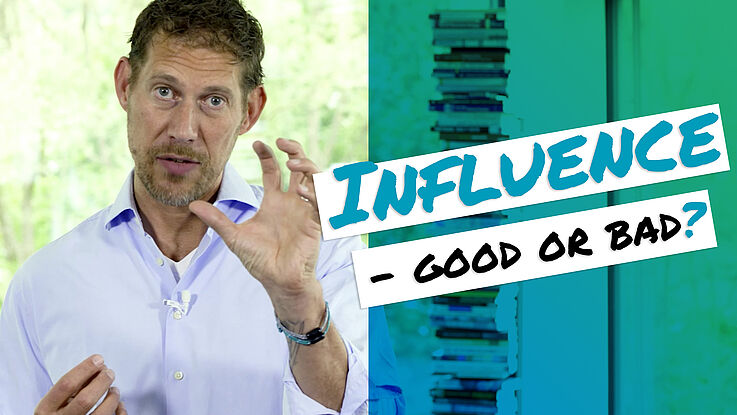The 3 levels of communication
If you calculate the hours wasted in team meetings and set aside a dollar for each one, you'll probably be shocked at the large amount that adds up at the end of a year. For example, a survey conducted by cnbc[1] shows:
- 67% of workers say they spend too much time in meetings that distract them from their work
- 51% of professionals say spending too much time in meetings and on calls distracts them from making a difference at work
- About 6% of professionals say they spend more than 10 hours a week attending unproductive meetings and making calls
There are a few ideas that can help you make an impact in communications.
Pre-framing
Pre-framing, for example, is a great way to make sure your meetings are on time and on target. You can pre-frame how a meeting may run by saying in advance, for example: "Hey guys, our workshop will end at 5 p.m." You can give your team even more pre-framing by indicating that laptops and cellphones should remain turned off during the meeting. In this way, you provide a clear framework and influence communication during the meeting.
Re-framing
Often in communication or especially in meetings, people focus too much on problems and too little on solutions. Re-framing gives you the possibility to turn this around. For example, if one of your employees is depressed because a project didn't really work out or there was an argument, he is not able to make a good decision. As a leader, you are asked to "reframe" the situation to get your employee out of that state. For example, point out that although the project will now eat up some additional money, on the other hand, you will take away a valuable learning experience to avoid making these mistakes in the future.
De-framing
In coaching sessions, it sometimes happens that people are so stuck in their own stories that progress is not possible. Their own stories keep them from thinking in a different direction or acting differently. I use the de-framing method to interrupt this thinking process - it works like a cold shower. You probably also know the following situation: you are having a difficult discussion with a customer or employee and someone comes into the meeting room and interrupts the conversation. You need a bit to restart the conversation. Most likely with a different intensity. This is called de-framing.
Do you want to get to know the three levels of pre-framing, re-framing, and de-framing better to influence your communication positively? I would be glad to help you and your team with this. Call or email me and we can figure out which free strategy session is best for you.
[1]https://www.cnbc.com/2019/11/17/67percent-of-workers-say-spending-too-much-time-in-meetings-distracts-them.html
« Back
